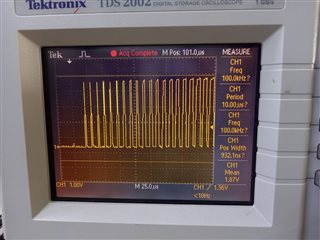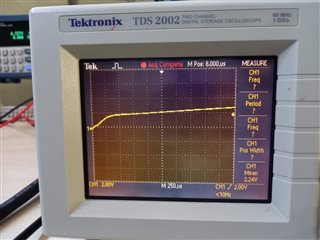Hi,
Good day.
Our customer is using the LM5122 and they are facing some issue. Kindly see the info below.
"I have some questions about the working of the LM5122 IC
We created a DC-DC converter of 4.5V/50A to 24V
However it seems that too much current is required which causes the power supply to shut off
So the problem is that when I turn on the power supply the system will immediately turn off
* The schematic doesn't show any Css however this one was later added 100nF
Also only two of the three mosfets that are drawn are actually connected
I also have a image of the simulation where this design is based on but not the actual simulation files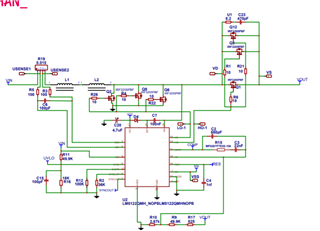
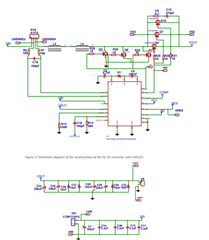
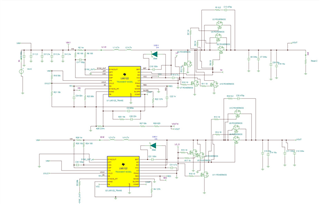
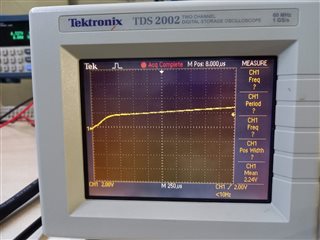
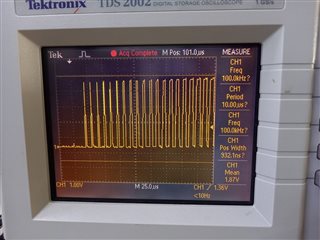
Thank you for your help.
Regards,
Cedrick
-
Ask a related question
What is a related question?A related question is a question created from another question. When the related question is created, it will be automatically linked to the original question.


